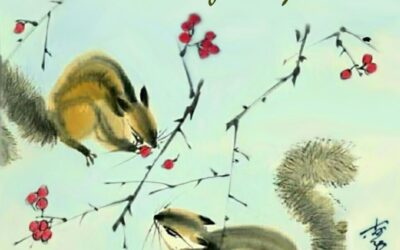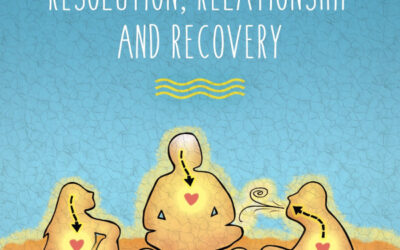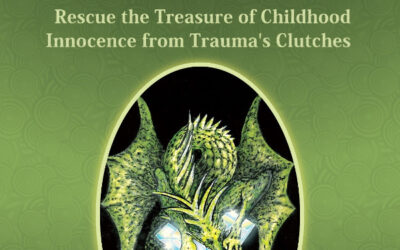by Tamarack Song
“I believe firmly that anyone involved in outdoor education should read your book. The insights that you show indicate someone of tremendous experience, passion and Vision.” – Tom Brown, Jr.
Up until now, there has been no text devoted to the unique circumstances around managing stress and trauma in the wilds. Nor have there been adequate:
- Stress and trauma management trainings for staff.
- Ethical guidelines for the unique circumstances often encountered in the Wilds.
- Follow-up support guidelines for clients/students.
- Performance assessments for improving program psycho-emotional safety and support.
Any intimate experience with Nature is bound to involve some form of stress or trauma. The outdoors is an emotional crucible holding a potion that can evoke either personal breakthroughs or breakdowns. A deeper, more personal connection to Nature tends to become—often inadvertently—a personal healing journey. In the process, trauma memories often surface, and entrenched self-defeating behavioral patterns may intensify.
People coping with trauma need guidance and support, right then and there. Your students/clients entrust you with their well-being, and they have no one else to turn to.
The rigors and often immediate demands brought on by remote outdoor experiences dictate that you have a guidance and support reference right at your fingertips, in an easy-to-use format.
Whether it’s solo adventurers, a couple of friends offering weekend outings, professional outfitters, or organizations like the National Geographic Society, the author has gotten more than enough consultation requests to convince him that a field guide is necessary. It now exists, and here is its makeup:
Part I gives an in-depth look at the four stages of trauma-causing stress in wilderness experiences. The material applies to all trauma-prone situations. You gain a thorough understanding of the character and uniqueness of wilderness stress and trauma.
Part II builds on Part 1 by helping you apply what you have learned to your student support system. This includes ways for students to release stress and methods for staff to discern when stress approaches the point of trauma or suicide—and how to respond.
Part III presents ethical guidelines, hiring and training practices, and re-entry preparation. You may either adopt them directly or use them as models for designing your own protocols. In addition, you’ll find program design and management guidelines.
Certification Based on at-home study of the book, Wilderness Stress and Trauma Certification is available for you and your staff.
Publication date: winter 2025




